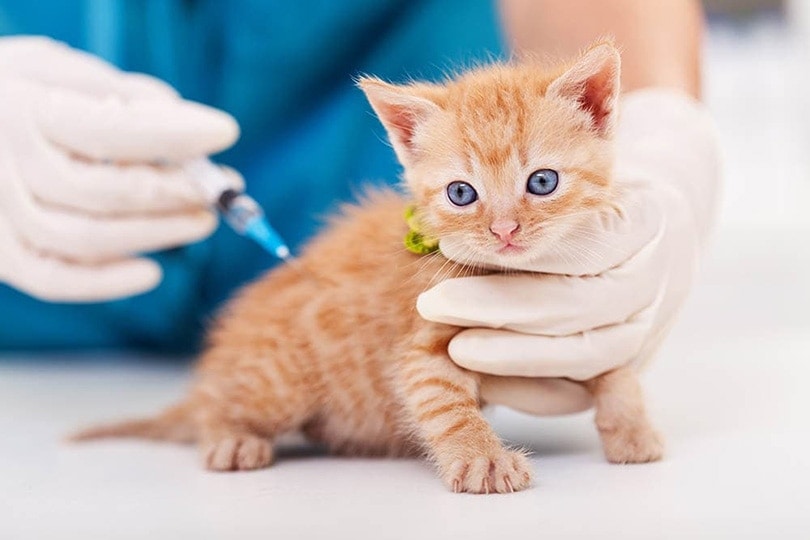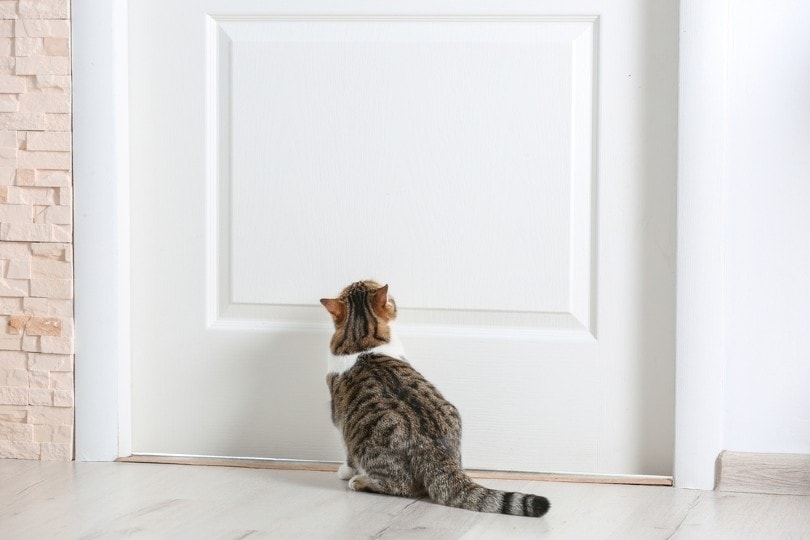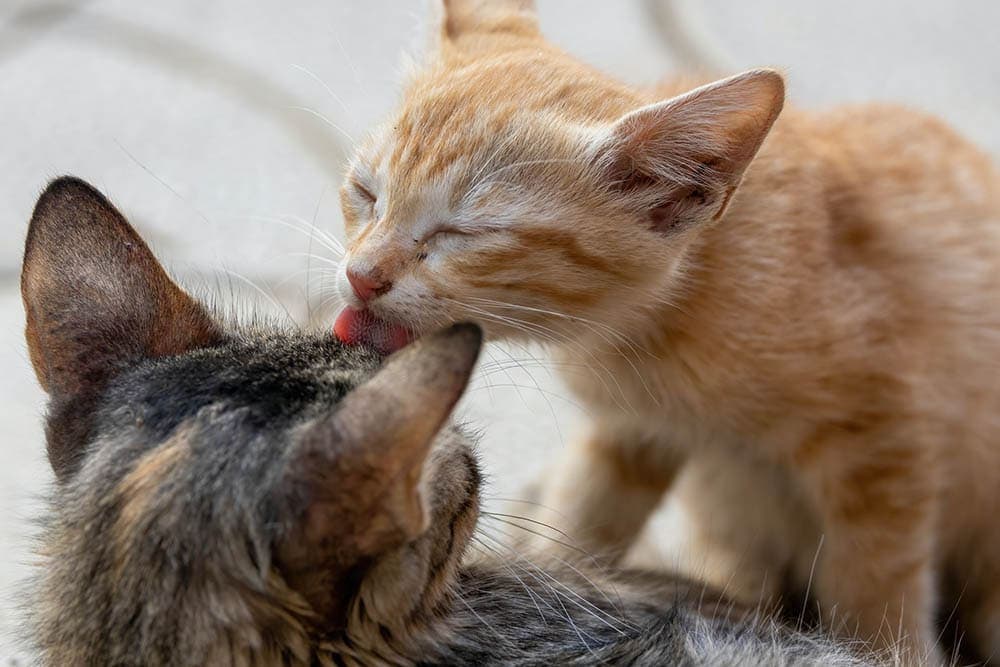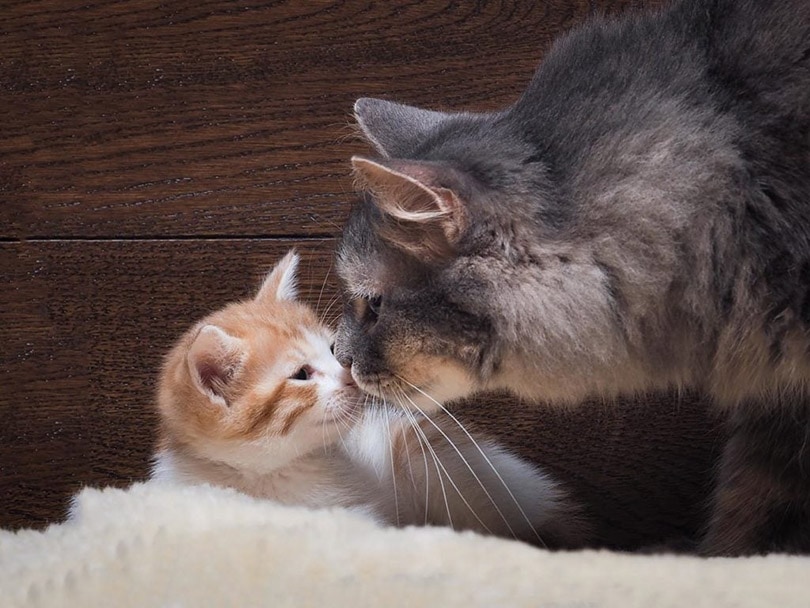Welcoming a new kitten into your home is a joyful and exciting event. However, if you have other cats who have reigned supreme in your home for several years, this new furry mini companion may be the most upsetting thing for them. So, how do you make sure that the adaptation is made in the smoothest way possible? Don’t worry. In this article, you will find all the do’s and don’ts to make it easier for your adult cats to adjust to your cute and fluffy new kitten.
Before The New Kitten Arrives
If you want to have two or more cats in your household, your best bet is to adopt them at the same time or adopt the second one as soon as possible. Acceptance will be better if there is not a big difference in age between the two cats. Indeed, an old cat will have a hard time putting up with the playfulness of a kitten. Playing, miming fight scenes are part of a kitten’s normal behavior, and the kitten will seek out its companion. So, the younger your first cat, the easier it will be to adapt to the novelty. It is estimated that before the age of four, a cat more readily accepts the arrival of a new kitten.

Rivalry Between Males
In general, cats of opposite sexes accept each other better, and cohabitation between females is generally quite good. Besides, sterilization tends to decrease conflicts. On the other hand, the rivalry between two males is always important. The males, even castrated, are indeed very territorial. One essential thing to consider is the personality of your two cats. The character of the new cat should “stick” as much as possible to that of the oldest.
Step 1: Planning The Arrival of The New Kitten
The introduction of the new kitten should be carefully planned. First, make sure that leukosis tests have been performed and that vaccinations and pest control treatments are up to date. Most cats are not ready to accept a new family member; they need time to get used to the idea. Therefore, it is essential to have patience and not to rush things.

Step 2: Isolate The Newcomer
Upon arrival, the new kitten should be isolated in a room, such as a bedroom, so that there is no possible eye contact with your other cats. Open his transport crate and let him explore his room in peace. Take this transport crate and leave it in the living room, within reach of the other cats in the house, so that they can explore and smell it. Watch their behavior: they may growl and hiss around the kitten’s carrier or simply approach it curiously and sniff it enthusiastically. Leave the crate with your other cats until they no longer show interest. About an hour after you have locked the kitten in the room, you can go back there. Cats need to explore their surroundings before they can interact socially. Sit calmly and let him approach you without forcing contact. Come see him three or four times a day in his room.
Step 3: Reassure Your Other Cats
The cats in the house may start to growl when you come back to them because you smell the “odd one out”. They will probably stand in front of the room where the kitten is and start sniffing the door. Do not proceed to the next step until the hostile reactions to the scent of the new kitten, door, and carrier cease. It is important to behave with your other cats in the usual way, giving them time and reassuring them. When you feel that your cats have become used to the newcomer’s existence, it’s time to move on to the next step, which is getting them to see each other but without physical contact.

Related Read: 10 Best Litter Boxes for Multiple Cats – Reviews & Top Picks
Step 4: Prepare The First Face-To-Face
Finally, proceed to the fourth step when the cats seem relatively calm in the presence of the other, and the hissing and growling are minimal. Then, you can open the bedroom door, staying out of the way. If your cats start to fight, clap or yell in a way that scares them, but without trying to intervene by hugging a cat. The whole process can take from days to weeks or even longer. Do not be discouraged and be patient.
Step 5: Identify Signs Of Anxiety
You will need to watch for signs of stress in your cats. For example, excessive grooming, vomiting after eating, or loss of appetite are signs of anxiety. It is important to provide separate bedding and eating areas to limit stress. Over time, they may declare a truce and even come closer (groom each other or even share rest areas).

Related Read: Do Kittens Grow Out of Separation Anxiety?
Signs That Your Cats Are Becoming Friends
- Your cats purr close to each other.
- Your cats sit and lie side by side.
- Your cats groom and rub each other.
- They have fun together without it escalating into conflict.
- When they meet, their tails are held high, a sign of joy.

Signs That Your Cats Are Still Enemies
- Your cats will hiss and spit on each other.
- They watch each other from a distance and steadily.
- Your cats try to avoid each other as much as possible.
- Paw kicks are not uncommon, sometimes just to put some distance.
- Games tend to escalate into conflict and brawl.
- Chases are frequent.
You might also be interested in: 10 Best Cat Trees for Multiple Cats – Reviews & Top Picks
What You Must Not Do
Punish Your Cats
If your cats are arguing, don’t intervene by punishing them. Instead, you should interrupt them using positive reinforcement: just throw them treats! Indeed, contrary to popular belief, giving treats to arguing cats does not encourage them to continue the conflict. Rather, it has the effect of changing the emotions into something more positive.
Intervene Too Frequently
It is essential to let your cats go at their own pace. The sooner the negotiations are completed, the sooner calm will return. Any interference from you could delay the process. Only respond to heavy fights, injuries, or if one of the cats shows persistent signs of anxiety. If this happens, isolate your cats and contact your veterinarian or feline behaviorist for help.

Final Thoughts
- Cats are territorial animals.
- The rivalry between two males is greater.
- Isolating the new arrival is the first thing to do.
- The process of peaceful cohabitation can take a while.
Featured Image Credit: Irina Kozorog, Shutterstock





